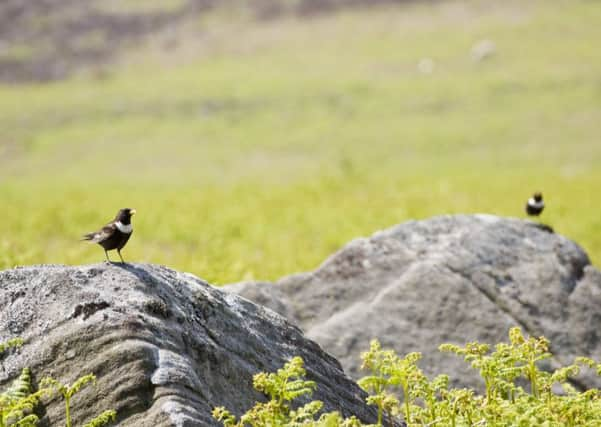Counting birds to plot nature's revival on the Peak District moors


This summer’s survey will be the first of its kind in the area for 14 years and will provide evidence of how successful attempts have been to revive the moorland after vast expanses of it were left black and degraded by wild fires and from historic pollution emitted from nearby towns and cities.
The Moors for the Future Partnership started work in 2003 - a year before the last bird survey of the national park was conducted - and it says that by working with local land managers, the moorlands have become bright and colourful once again.
Advertisement
Hide AdAdvertisement
Hide AdNative plants now grow there, including bright green sphagnum moss, rich seeds and berries, and florid heather, and the landscape is known to support bird species ranging from golden plover, curlew, merlin, twite and dunlin, to the short-eared owl, red grouse, skylark and meadow pipit.
The work to reverse historic damage has had other benefits too, the Partnership said, such as improvements to drinking water, slowing rainfall run-off to reduce the risk of flooding and storing carbon.
Chris Dean, head of programme delivery at the Moors for the Future Partnership, said: “The Peak District moors have changed enormously since 2003. There has been a huge amount of collaborative investment to improve the condition of these habitats.
“Bird populations here are of international importance because some are so rare. They are also a very positive part of peoples’ moorland experience. We want to understand how different factors may be affecting these special species and what we can do to help them.”
Advertisement
Hide AdAdvertisement
Hide AdThe bird survey is intended to inform how land use, management practices and different habitat types has influenced bird populations.
Those answers, researchers hope, will come in part from analysing the survey results and comparing them to the outcomes of two previous counts. Prior to the count in 2004, the previous survey was in 1990.
The work will be conducted by Natural England and other organisations that make up the Moors for the Future Partnership.
Through the Partnership’s Community Science project, long-term data is also being collected about how moorland birds are affected by climate change and how they are adapting to changing weather patterns.
The Partnership commemorates its 15th anniversary this year with 15 celebratory occasions throughout 2018. This latest breeding bird survey is one of them.